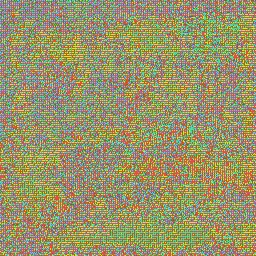This is an implementation of ENet: A Deep Neural Network Architecture for Real-Time Semantic Segmentation, ported from ENet-training (lua-torch) to keras.
git clone https://github.com/PavlosMelissinos/enet-keras.git
cd enet-keras
On poetry: poetry install
On Anaconda/miniconda: conda env create -f environment.yml
On pip: pip install -r requirements.txt
make setup
The setup script only sets up some directories and converts the model to an appropriate format.
make train
- Clean up code
- Remove hardcoded paths
- Add documentation everywhere
- Test code
- Add tests
- Fix performance (mostly preprocessing bottleneck)
- Remove unnecessary computations in data preprocessing
- Index dataset category internals. Dataset categories have fields with one-to-one correspondence like id, category_id, palette, categories. This seems like perfect table structure. Might be too much though.
- (Optionally) Make data loader multithreaded (no idea how to approach this one, multithreadedness is handled by keras though)
- Enhance reproducibility/usability
- Upload pretrained model
- Finalize predict.py
- Test whether it works after latest changes
- Modify predict.py to load a single image or from a file. There's no point in loading images from the validation set.
- Fix bugs
- Investigate reason for bad results, see #11
- Fix MSCOCOReduced, also see #9
- ?????




